Mike Mignola is one of the most well-known comic writers currently active today whose numerous stories span horror, occultism, and mythology. Out of his numerous stories and characters, easily the one Mignola is most remembered for is his supernatural expert, Hellboy.
Through his run on Hellboy, Mignola became a household name among comic book fans, with the character appearing in numerous mini-series, single-issue comics, and crossovers over the years. Mignola’s fame would only increase with the release of Guillermo Del Toro’s two Hellboy films, and a later adaptation starring David Harbour. However, Hellboy is far from Mignola’s only comic, with Mignola creating numerous other memorable comic books, many of which take place in Hellboy’s vast continuity.
Hellboy
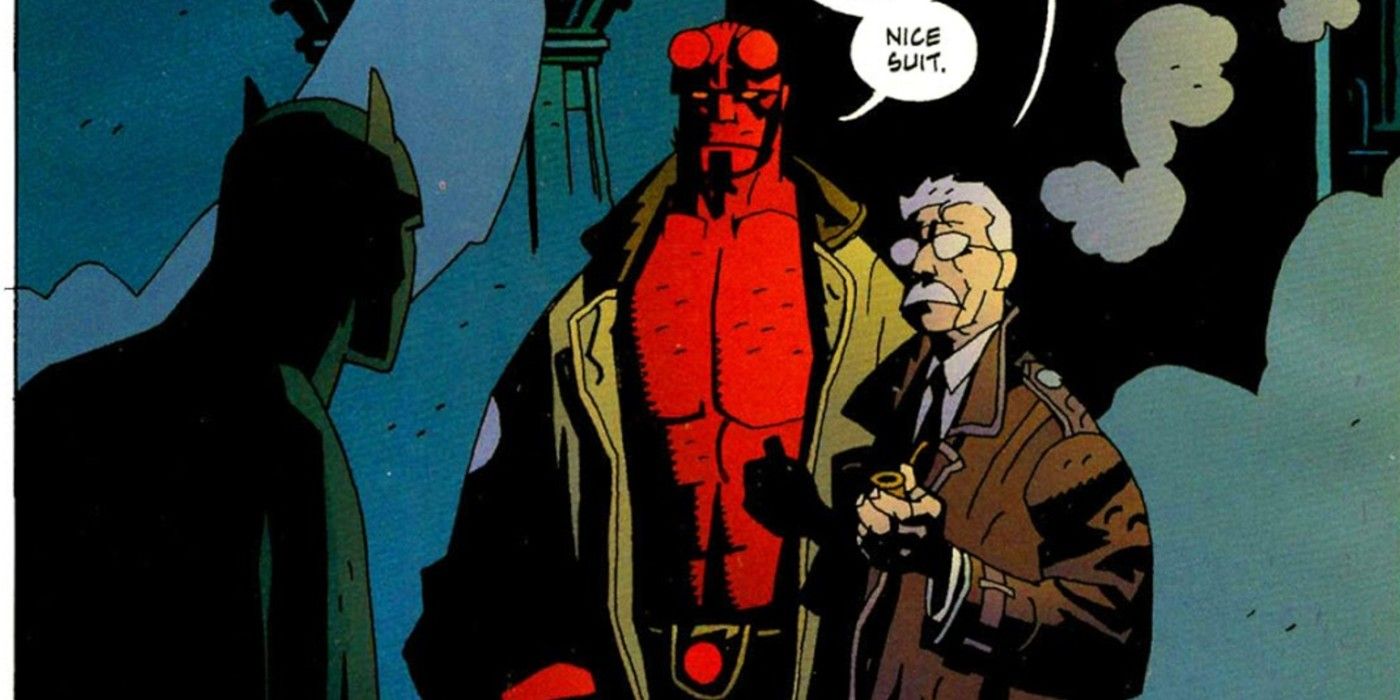
Mignola’s expansive Hellboy universe begins, of course, with Hellboy, his most famous comic. Throughout dozens of comics, Mignola’s Hellboy follows the titular protagonist–a demonic superhero–as he battles various supernatural creatures and folkloric monsters within the Hellboy universe.
Though technically a horror comic, Hellboy also managed to have plenty of comedic elements thrown in, demonstrated by Hellboy’s dry, often sarcastic humor and one-liners. Far and away Mignola’s most popular comic, it’s the series that made Mignola as famous a writer as he is today, spawning numerous spin-offs in later years.
B.P.R.D
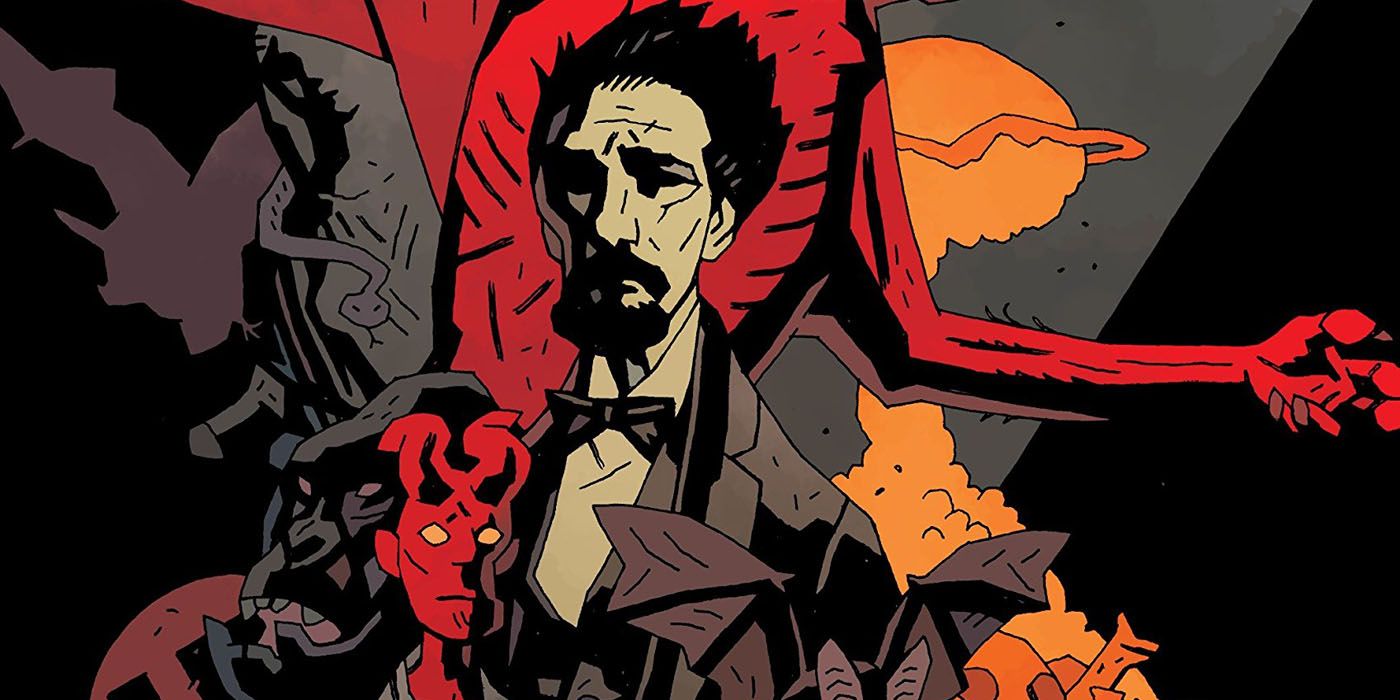
As mentioned above, Hellboy’s success and popularity among comic readers resulted in Mignola expanding his universe, following new characters, pursuing storylines aside from just Hellboy’s alone.
The B.P.R.D. is one such comic, focusing on the agents within the Bureau for Paranormal Research and Defense as they fight various creatures that go bump in the night. The team is composed of various humanoid members, including the pyrotechnic Liz Sherman, the were-jaguar Benjamin Daimio, and Roger the Homunculus, the most underrated hero in the Hellboy universe. The B.P.R.D. was the first of Mignola’s comics set outside the Hellboy series. Its positive reception among readers ensured the series would continue, paving the way for later comics set within the Hellboy Universe that followed.
Abe Sapien
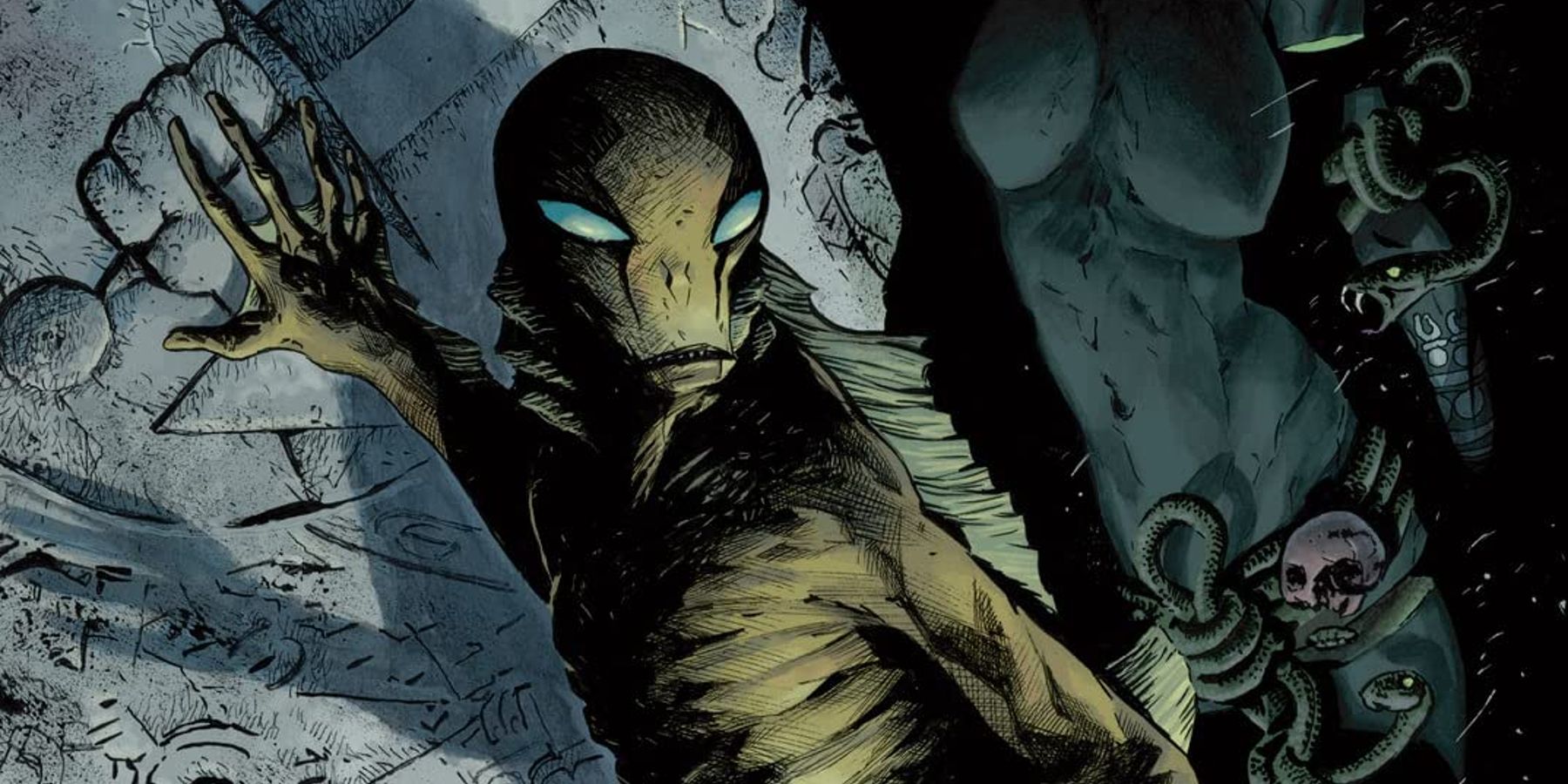
Fans probably remember Abe Sapien as the blue-skinned Creature from the Black Lagoon-type character played by Doug Jones in del Toro’s Hellboy movies Sapien was one of the original characters introduced in Hellboy alongside the eponymous hero. A member of the B.P.R.D., readers’ fascination towards Abe Sapien would eventually result in the aquatic, fish-like man receiving his series in 1998.
Mignola’s Abe Sapien issues follow the stand-alone adventures of the title protagonist as he investigates numerous paranormal occurrences throughout the world. As had been the case when Sapien first appeared in the early pages of Hellboy, readers were once again taken with Sapien’s personality, intelligence, and design, resulting in multiple spin-off stories focused on the character.
Lobster Johnson
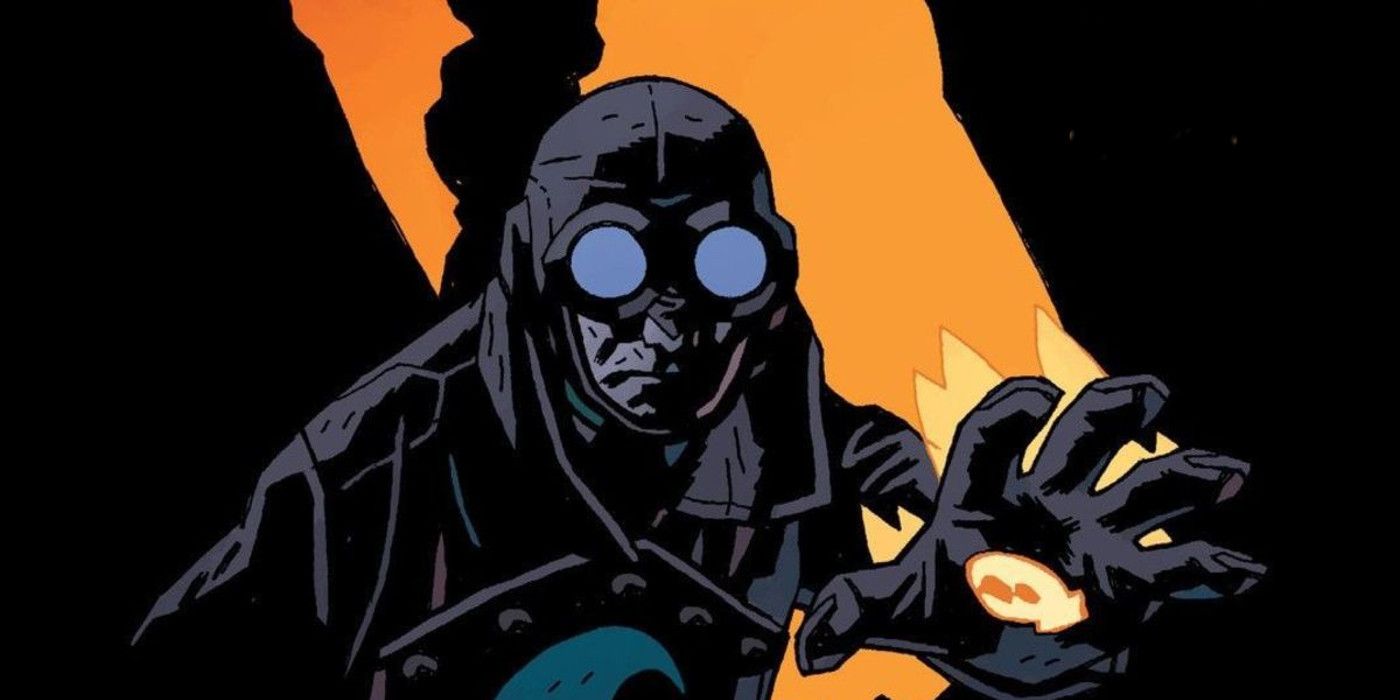
The character of Lobster Johnson originally appeared in a single Hellboy story within Hellboy‘s “Box of Evil” arch. When he first appears, he is introduced as the ghost of a vigilante active in 1930s New York City, known for burning his signature lobster claw on criminals’ foreheads.
Lobster Johnson’s minor role in “Box of Evil” would be expanded in The B.P.R.D.’s “Plague of Frogs” storylines, until the character received his spin-off series in 2007. Set between 1932 to 1939, the comic concerns Lobster Johnson’s crime-fighting career in New York, complete with his infamous phrase “Beware my claw, for I’ve come to inflict justice!” It’s fantastic, pulpy fun, with Johnson possessing arguably the greatest superhero name of all time.
Sir Edward Grey, Witchfinder
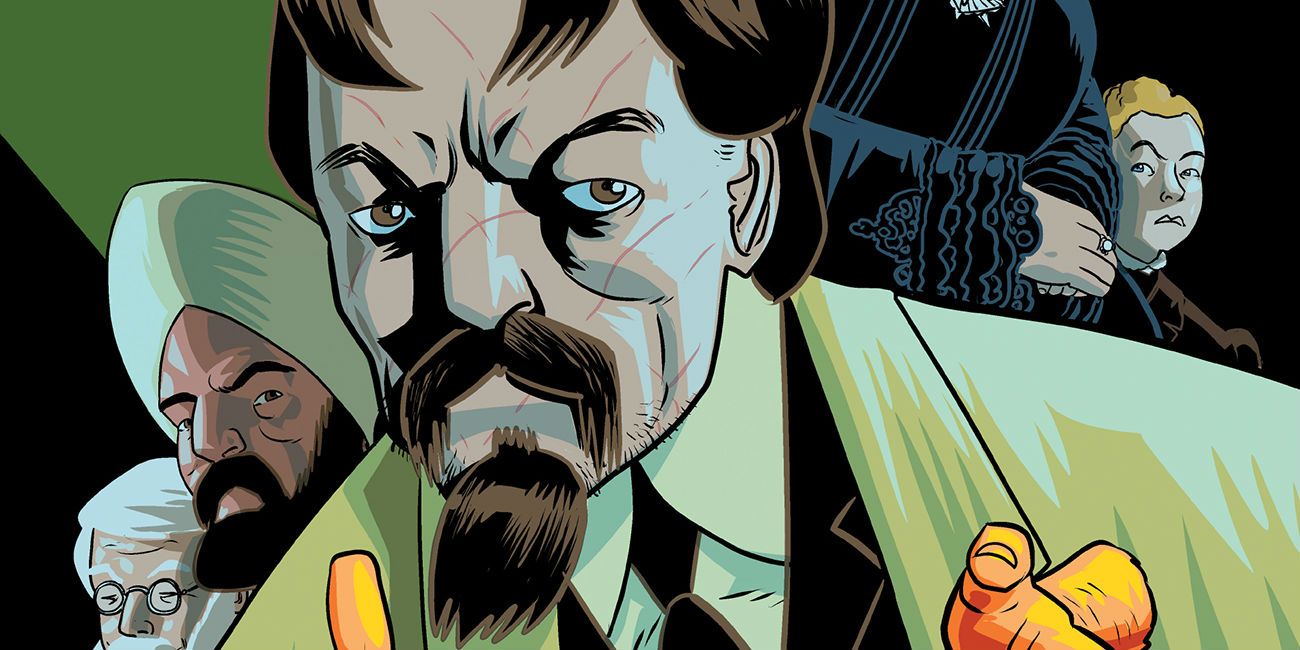
Mignola had previously dabbled in the subject of witchcraft in the Hellboy story, “Darkness Calls”. With his later Hellboy spin-off series, Sir Edward Grey, Witchfinder, though, Mignola gave himself more creative freedom to explore witchcraft more fully.
Witchfinder tells of the numerous paranormal adventures of Sir Edward Grey, a supernatural investigator, in Victorian England. Like most of Mignola’s other tales set within the Hellboy Universe, the comic is dark, foreboding, and often intense, and is somewhat more loosely connected to the Hellboy continuity than Mignola’s other spin-off series (given the title’s setting of 1880s’ England).
The Visitor
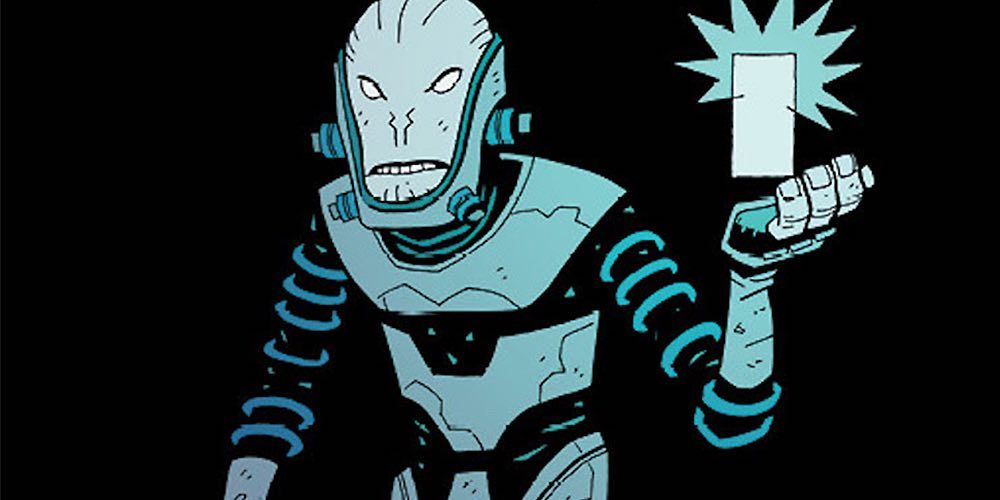
Mignola went back to the beginning with this five-issue miniseries, following an alien assassin who monitors Hellboy from the hero’s arrival to Earth to his maturation into an adult.
As part of The Visitor’s storyline, the main character is tasked with killing Hellboy to prevent him from ever destroying the universe (which Hellboy has been prophesized to do). However, rather than simply murdering a potentially innocent child, the mysterious Visitor checks in on Hellboy, offering a strange, unique, outside perspective from an interstellar traveler throughout Hellboy’s life.
Koshchei the Deathless
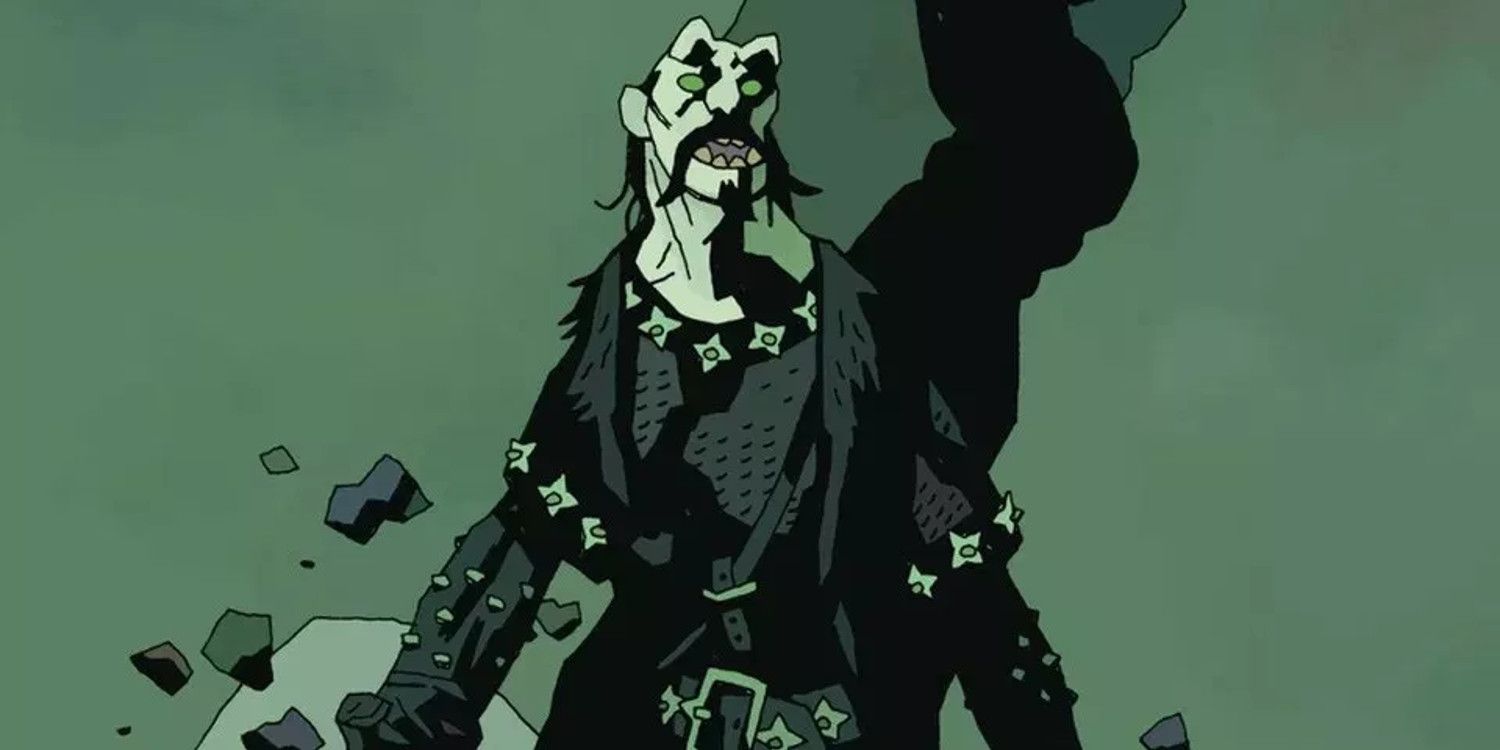
Mignola may have managed to pull off some stellar issues of Hellboy in the past, but he can constantly expand his fictional universe which is likely his most impressive talent. One of the more recent additions to the Hellboy Universe came in 2018 with Mignola’s six-issue miniseries, following the title character of Koschei the Deathless.
Loosely based on the Russian folklore character of the same name, Koschei was a relatively minor antagonist sent by Baba Yaga to kill Hellboy in the story, “Darkness Calls”. Though his appearance in the story was a small one, Mignola had hinted at the long, tragic life Koschei had left behind him. Here, Mignola expands that story into its series, following Koschei’s road to immortality, as told by Koschei while sitting in a bar with none other than his former enemy, Hellboy.
Baltimore

Written in collaboration with horror/fantasy novelist, Christopher Golden, Baltimore, or, The Steadfast Tin Soldier and the Vampire, is one of the rare Mignola entries on this list set outside the Hellboy continuity, inspired instead by its own original story and concept.
Set during the height of World War One, Baltimore traces the story of British military officer, Lord Henry Baltimore, who embarks on a journey to hunt down a vampire, altering the course of the war as the world knows it. It’s a powerful, surprisingly poignant exploration of war underneath Mignola’s signature horror-centric approach, with the series’ success resulting in an expanded series, simply titled Baltimore, released in 2010.
Joe Golem
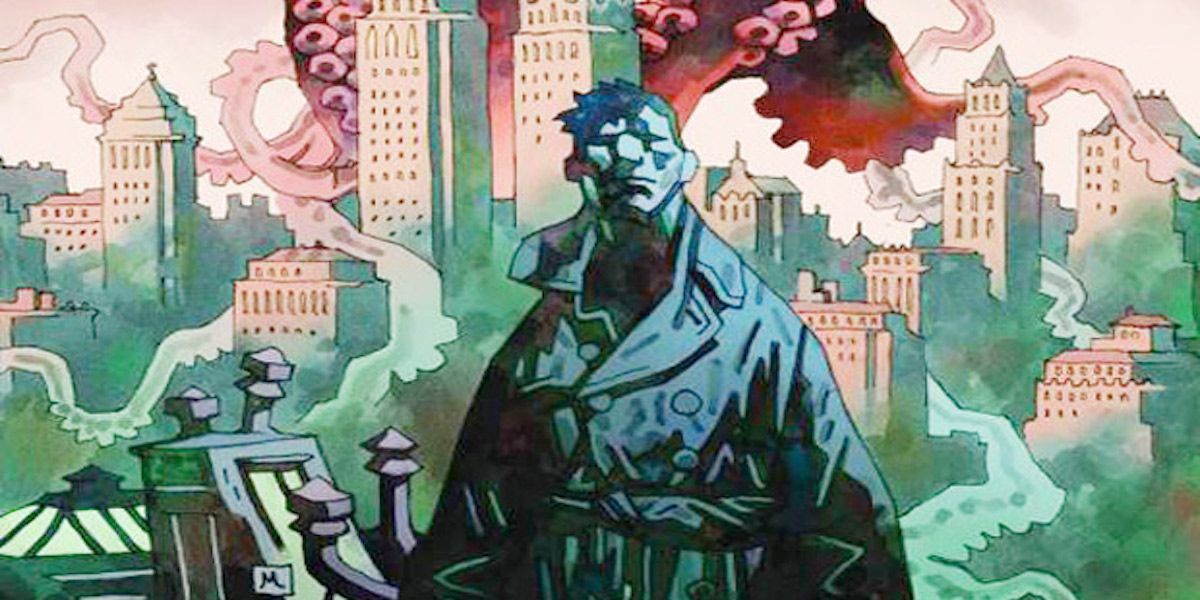
Taking place within the same universe as the earlier Baltimore, Mignola once again joined Christopher Golden to write the illustrated novel, Joe Golem.
Joe Golem imagines a nightmarish version of New York plagued by rising sea levels, leaving most of Lower Manhattan severely flooded, with the remaining citizens trying to make a life for themselves in the aftermath. Among these individuals is Joe, an occult detective whose own past remains largely a mystery, tasked with finding the kidnapped friend of a 14-year-old girl. Mignola’s most underrated strength has always been world-building, and here, he manages to shine, creating a fantastic noir detective story in the process.
The Amazing Screw-On Head
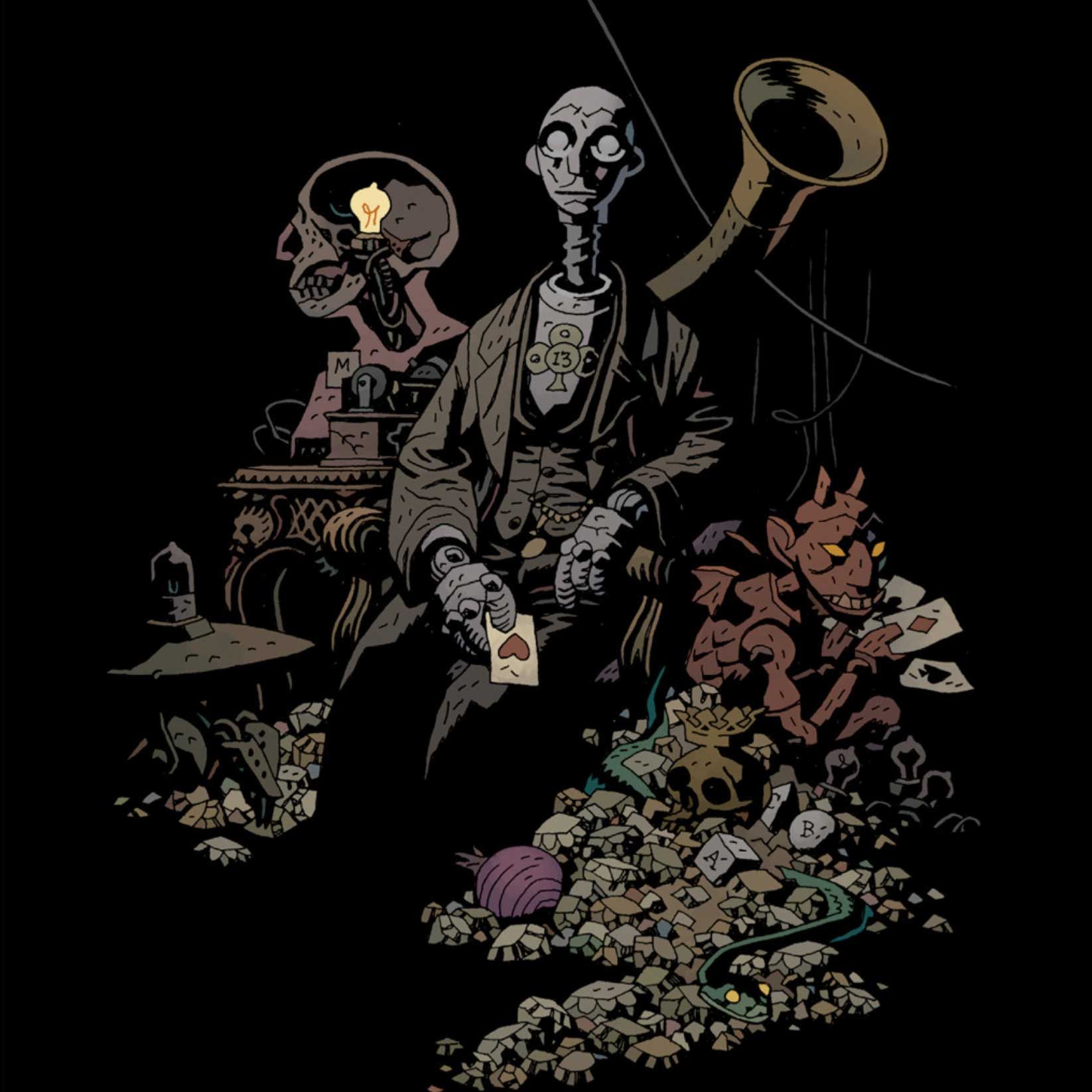
Mignola has long poked fun at numerous comic book and storytelling conventions, such as his humorous inclusion of the parodic superhero, Lobster Johnson, in Hellboy. This good-natured humorous aspect to Mignola’s writing would become most strongly felt in his hilarious, 2002 one-shot comic, The Amazing Screw-On Head.
Easily Mignola’s funniest comic to date, The Amazing Screw-On Head stars the title character–a robot capable of unscrewing his head and attaching it to several other robotic bodies–who is a secret agent for Abraham Lincoln. Assigned by Lincoln to stop the evil undead occult leader, Emperor Zombie, Screw-On Head is joined by his loyal manservant, Mr. Groin, and pet dog, Mr. Dog, to complete his mission. It’s a strange, short, but incredibly entertaining comic that feels more like a Mad Magazine-style spoof than an actual comic by Mignola.
Batman: The Doom That Came to Gotham
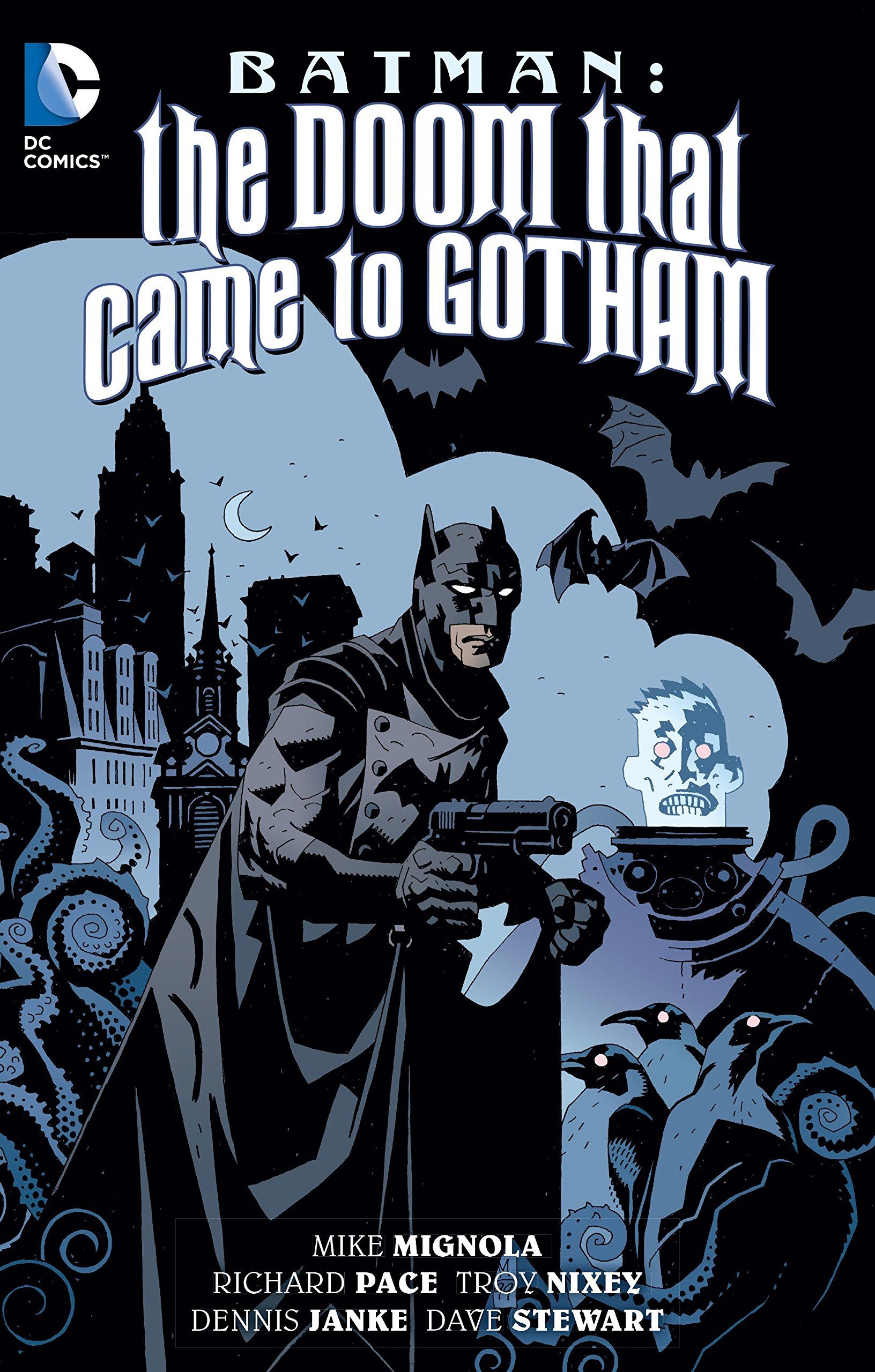
What more could readers have asked for than Mike Mignola writing a Batman story? Set in the 1920s’, Mignola imagines a version of Gotham City far more gothic than usual, complete with Lovecraftian monsters from another world.
Mignola has never been the most “conventional” superhero writer. His ideas make clever use of numerous pulp aesthetics and 1940s’-esque monster and alien designs. With Elseworld’s Batman: The Doom That Came to Gotham, DC gives Mignola free reign to do his version of Batman, own that was nightmarishly by reptile-like beings and undead monsters.




